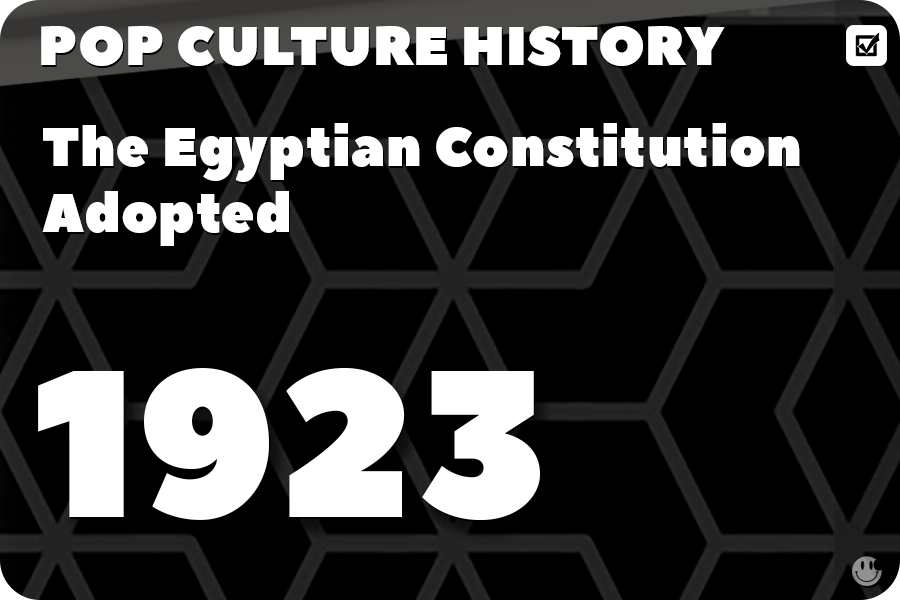 |
Egyptian Constitution Adopted |
The Egyptian Constitution of 1923 was a significant milestone in the modern history of Egypt, as it marked the country’s transition from an absolute monarchy to a constitutional monarchy. The constitution was adopted on April 19, 1923, following the 1919 Egyptian Revolution, which demanded greater independence from British rule and establishing a representative government. The constitution laid the groundwork for a parliamentary system, limited the monarchy’s power, and granted certain civil liberties to Egyptian citizens.
Adopting the Egyptian Constitution in 1923 marked a turning point in Egypt’s modern history as it transitioned from an absolute monarchy to a constitutional one. The constitution directly resulted from the 1919 Egyptian Revolution, which demanded independence from British rule and establishing a representative government. The Constitution laid the groundwork for a parliamentary system, limited the power of the monarchy, and granted certain civil liberties. It also significantly impacted Egyptian culture, leading to a flourishing of arts and entertainment that explored themes of nationalism, independence, and social reform. |









